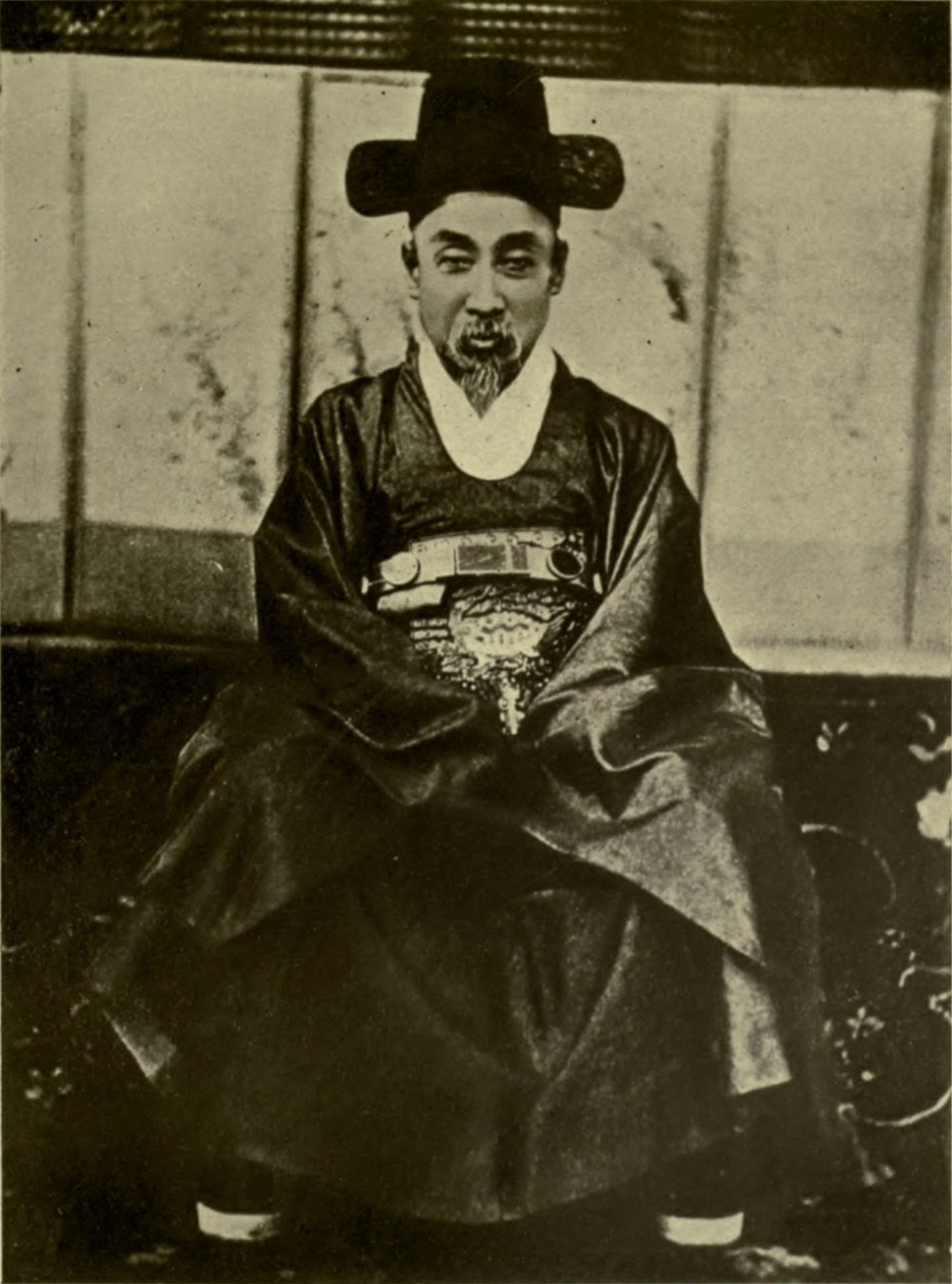“쇄국정책”은 영어로 “Isolationist Policy”로 번역됩니다. 이는 국가가 외부와의 관계를 제한하거나 단절하고, 자국의 이익을 우선시하는 정책을 의미합니다.
“쇄국정책”을 영어로 표현하는 방법
- Isolationist Policy (쇄국정책)
- Protectionism (보호주의)
- Self-sufficiency (자급자족)
1. Isolationist Policy
“Isolationist Policy”는 외부 세력과의 교류를 최소화하는 국가의 전략입니다.
- An isolationist policy can be adopted to protect national interests. (쇄국정책은 국가 이익을 보호하기 위해 채택될 수 있습니다.)
- Countries that follow an isolationist policy often limit foreign trade and immigration. (쇄국정책을 따르는 국가는 외국과의 무역 및 이민을 제한하는 경우가 많습니다.)
- Historical examples of isolationist policies include Japan during the Edo period. (쇄국정책의 역사적 예로는 에도 시대의 일본이 있습니다.)
2. Protectionism
“Protectionism”은 자국 산업을 보호하기 위해 외국 제품에 대한 규제를 강화하는 정책입니다.
- Protectionism can include tariffs, quotas, and other trade barriers. (보호주의는 관세, 쿼터 및 기타 무역 장벽을 포함할 수 있습니다.)
- While protectionism may benefit domestic industries, it can also lead to trade wars. (보호주의는 국내 산업에 이익을 줄 수 있지만, 무역 전쟁을 초래할 수도 있습니다.)
- Critics argue that protectionism can hinder economic growth and innovation. (비평가들은 보호주의가 경제 성장과 혁신을 저해할 수 있다고 주장합니다.)
3. Self-sufficiency
“Self-sufficiency”는 외부 의존도를 줄이고 자국 내 자원을 활용하는 것을 강조하는 개념입니다.
- Achieving self-sufficiency can reduce vulnerability to external economic shocks. (자급자족을 달성하면 외부 경제 충격에 대한 취약성을 줄일 수 있습니다.)
- Countries may pursue self-sufficiency in food production or energy resources. (국가는 식량 생산이나 에너지 자원에서 자급자족을 추구할 수 있습니다.)
- Self-sufficiency often requires investment in domestic industries and technologies. (자급자족은 종종 국내 산업과 기술에 대한 투자를 필요로 합니다.)
“쇄국정책”은 영어로 “Isolationist Policy”로 표현되며, 외부와의 관계를 제한하고 자국의 이익을 보호하는 다양한 방법을 포함합니다.













Leave a Reply